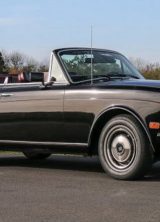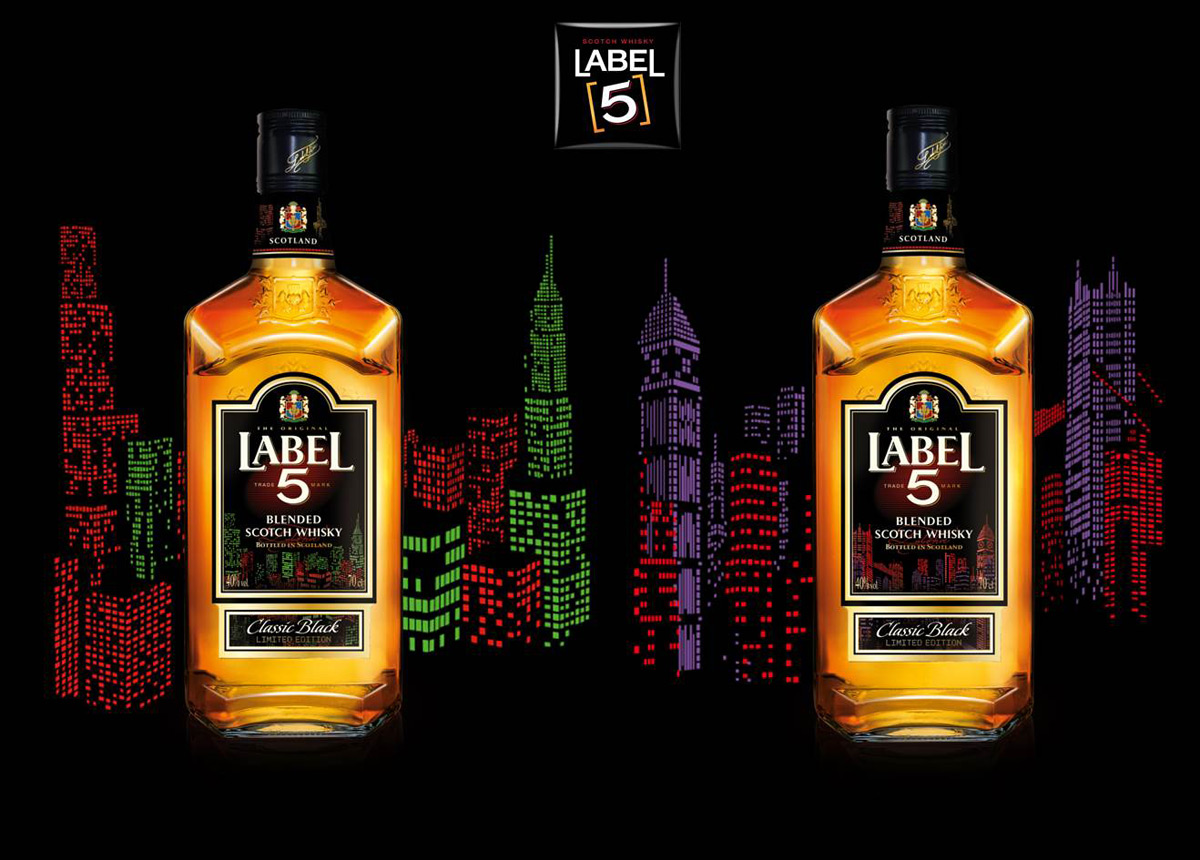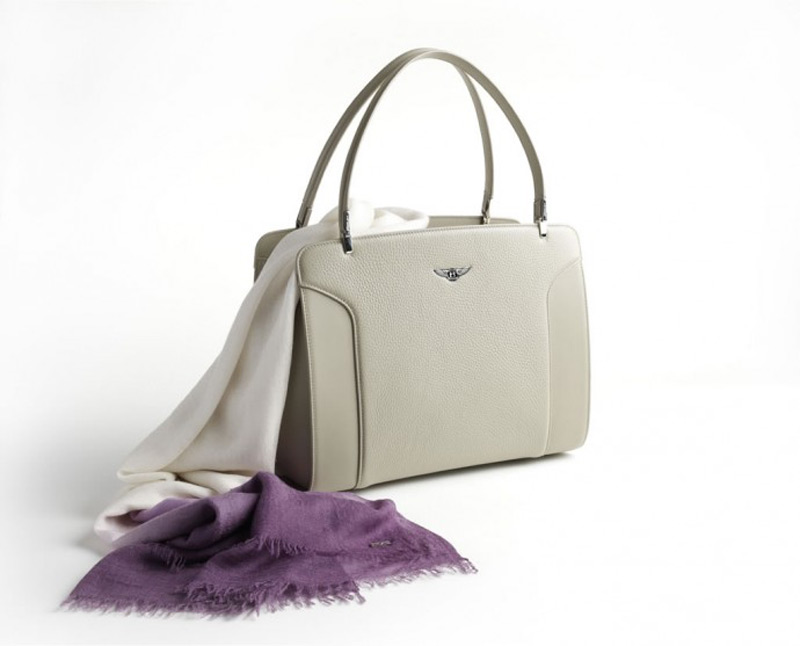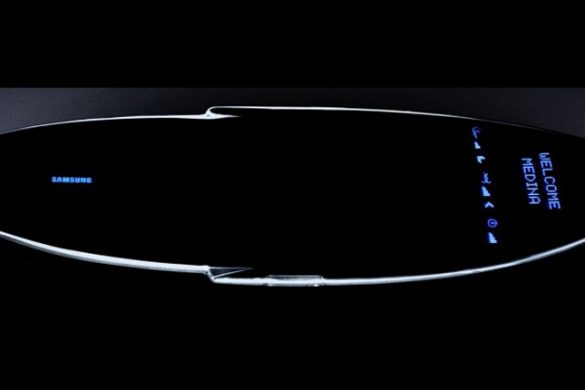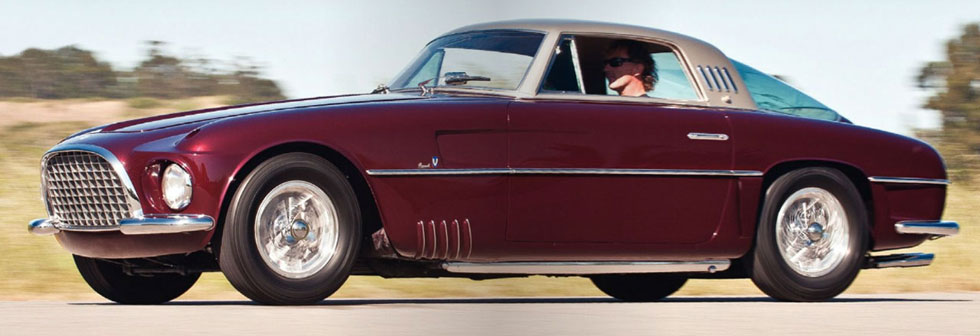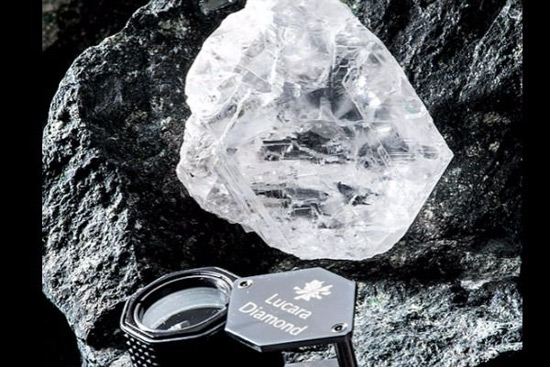24-carat yellow diamond necklace briefly owned by Marilyn Monroe will take centre stage as a highlight of the Magnificent Jewels sale at Christie’s in Hong Kong on Nov. 27. It could be value anywhere from $500,000 to $750,000, perhaps more. Christie’s will also auction an autographed photo of the actress wearing the stone. The picture has a presale valuation of $10,000 to $15,000.
In 1953, the 24.04-carat pear-shaped, Fancy Yellow Moon of Baroda diamond was ready for its close-up at 20th Century Fox. To promote the release of the Howard Hawks film Gentlemen Prefer Blondes, Marilyn Monroe famously wore the Moon of Baroda while singing the film’s signature song, Diamonds Are a Girl’s Best Friend.

Moon of Baroda
The gemstone has very interesting history. was first documented in the 15th century as part of the collection of the Gaekwads of Baroda, the ruling family of India. After disappearing for a few centuries, the piece turned up in the US in 1926, brought there by Prince Ramachandra, who then sold it. lso, the Gemological Institute of America has recently determined that this historic diamond is from the legendary Golconda mines in India, which, until the advent of the 20th century, produced the finest and largest diamonds in the world.
According to the 3 July 1953 edition of the Cleveland News, the Moon of Baroda was acquired in 1944 by Samuel H. Deutsch, the president of a distinguished firm of diamond cutters in Cleveland, Ohio. He sold it to Meyer Rosenbaum, president of Meyer Jewelry Company in Detroit, Michigan, in 1953 — the same year in which this extraordinary coloured diamond came to be associated with Marilyn Monroe.
In September 1966, the Moon of Baroda was described by another American newspaper as representing ‘one of the most brilliant examples of diamond-cutting in diamond history. It is canary yellow and very clean, and its pear-shaped design is well adapted for the royal headgear of Indian nobility.’
In 1990, the diamond was offered at Christie’s in New York, realising $297,000 — nearly tripling its low estimate. Eighteen years later, in 2008, it was seen in public for the first time in years when it was shown at the Diamond Divas exhibition in Antwerp.
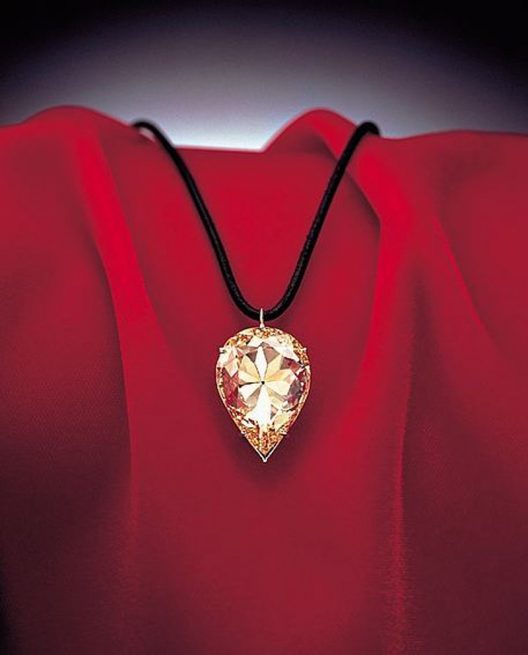
Moon of Baroda


